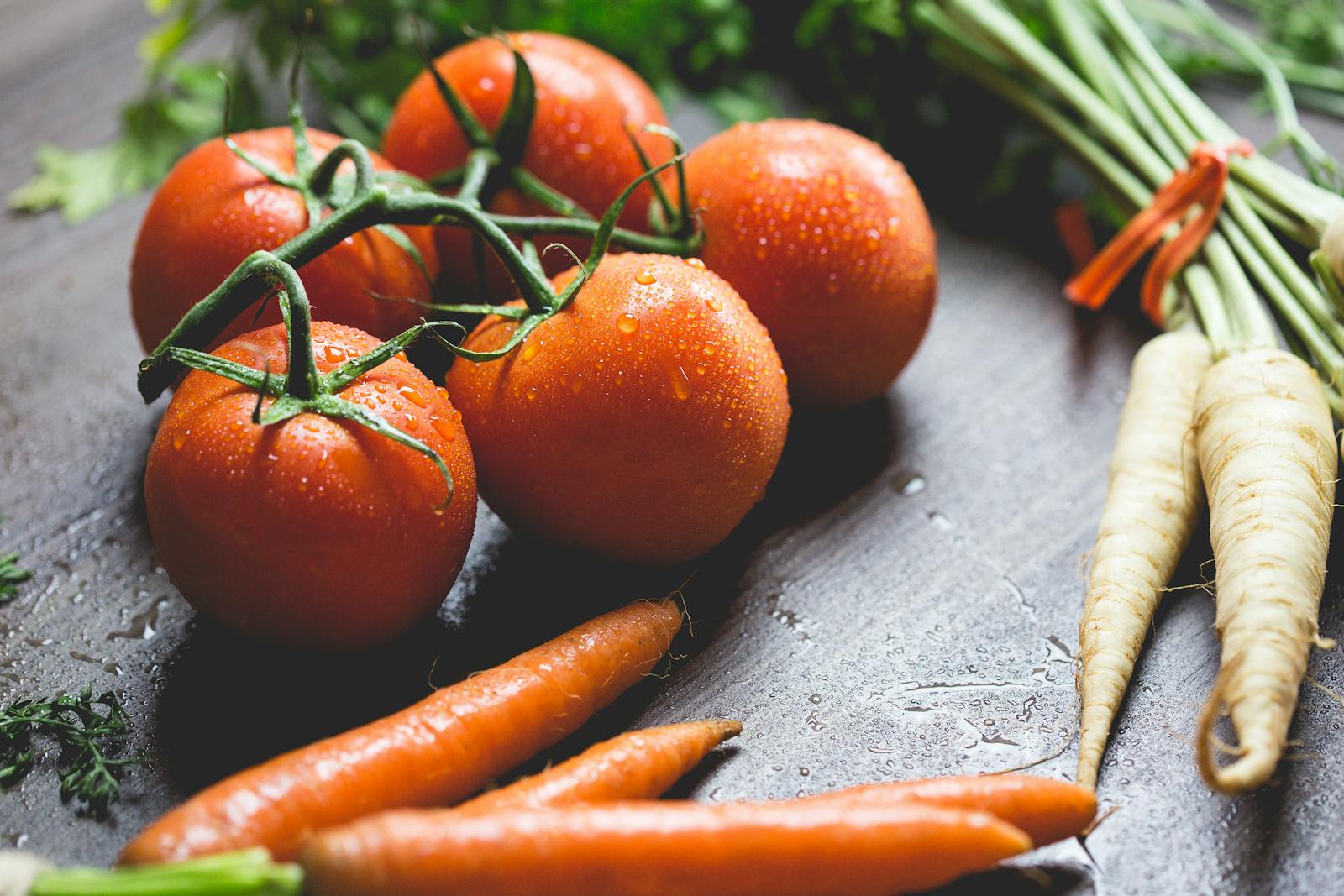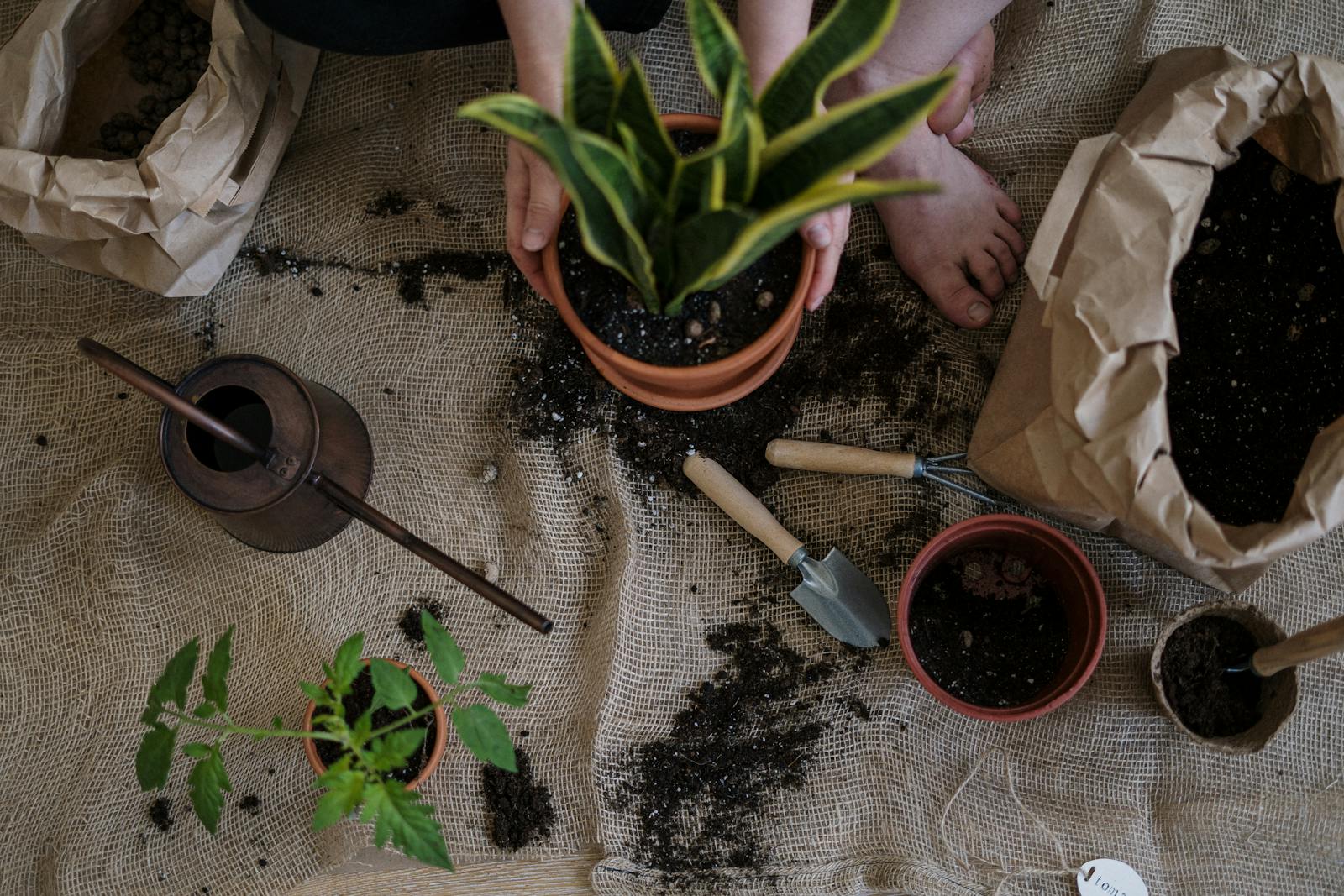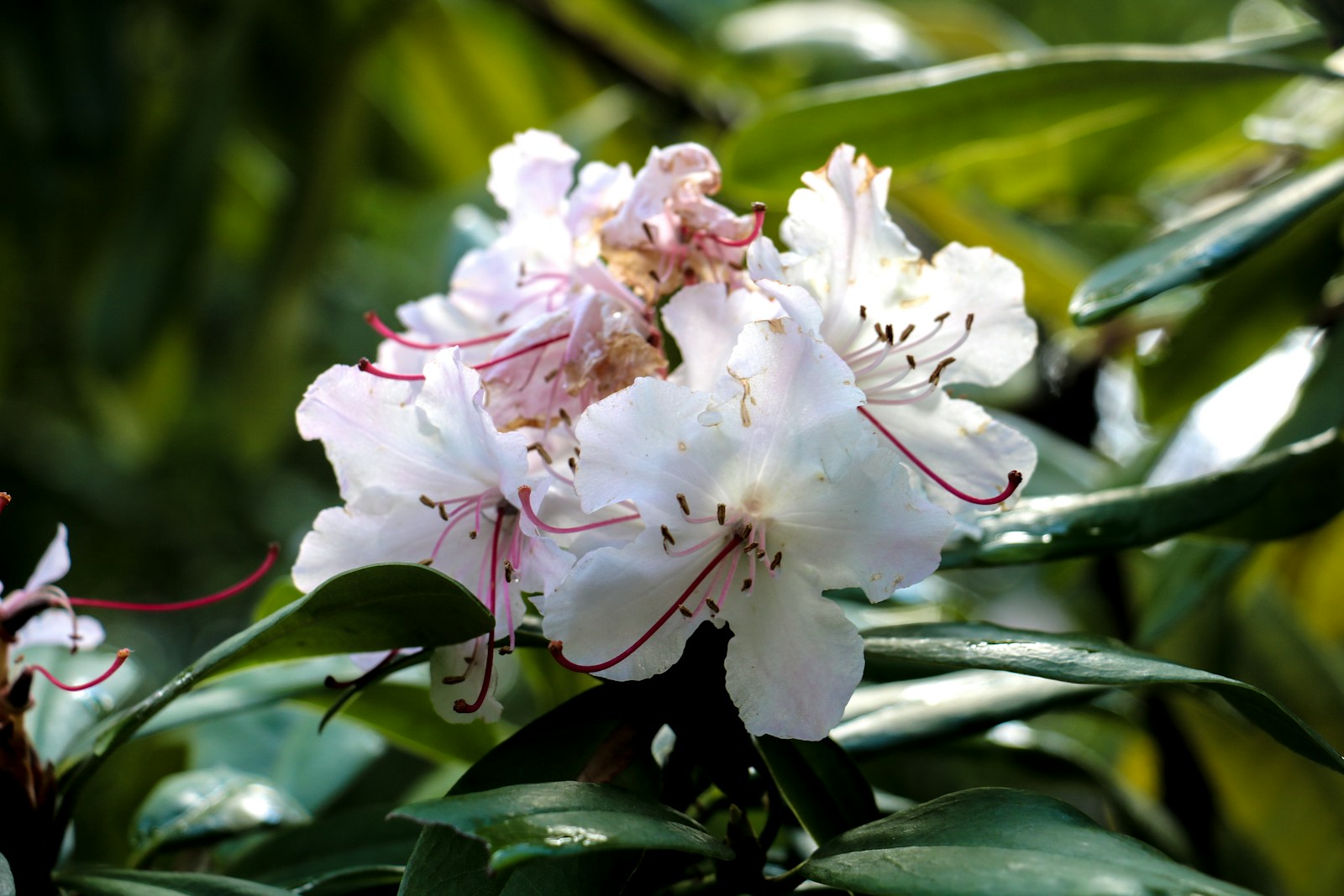How to Grow Your Own Vegetables and Herbs
Start with a Garden Plan
The first step to grow your own vegetables and herbs is creating a thoughtful plan. Consider what you like to eat, how much space you have, and your local growing season. Sketch a layout of your garden space, whether it’s a few containers on a balcony or a raised bed in your backyard.
Group plants by their sunlight and water needs to simplify care. Be realistic about how much time you can dedicate to gardening, especially if you’re just getting started. A well-organized plan helps avoid overcrowding and supports healthier, more productive plants.
Choose the Right Location
Sunlight is key to a successful vegetable and herb garden. Most varieties require 6 to 8 hours of direct sunlight per day. Choose a location that’s flat, well-drained, and close to a water source for convenience. If your yard is shaded, opt for shade-tolerant herbs like mint, parsley, or chives.
Good airflow is also important to reduce disease. If you’re limited on ground space, consider vertical growing structures or wall-mounted herb planters. Making the most of your available light and space is essential when you aim to grow your own vegetables and herbs efficiently.
Prep Your Soil for Planting
Healthy soil leads to healthy plants. Before planting, clear the area of weeds, rocks, and debris. Loosen the soil to a depth of at least 8–12 inches. Mix in plenty of organic matter such as compost, aged manure, or worm castings to improve structure and nutrient content.
Consider getting a soil test to understand pH levels and deficiencies. Most vegetables thrive in slightly acidic to neutral soil (pH 6.0–7.0). Prepping your soil properly ensures a strong foundation for growing your own vegetables and herbs with success throughout the season.
Select Easy-to-Grow Varieties
If you’re new to gardening, begin with crops known for being beginner-friendly. For vegetables, try lettuce, radishes, carrots, green beans, or cherry tomatoes. For herbs, basil, cilantro, thyme, oregano, and parsley are great starter options.
These plants grow quickly and don’t require constant attention. Choose varieties suited to your hardiness zone and climate. Look for disease-resistant types to minimize maintenance. Starting with dependable plants builds confidence and ensures you enjoy the process as you grow your own vegetables and herbs for the first time.
Decide Between Seeds or Starts
Both seeds and starter plants have their benefits. Seeds are inexpensive and offer more variety. They’re ideal for direct-sow vegetables like beans, carrots, and spinach. However, they take time to germinate and may require indoor starting depending on your season.
Starter plants (also called transplants or starts) are convenient and offer a head start on the growing season. They’re great for tomatoes, peppers, and herbs. If you’re eager to grow your own vegetables and herbs with minimal hassle, mixing both approaches gives you flexibility and a stronger harvest.
Follow Proper Planting Techniques
When it’s time to plant, spacing and depth are key to healthy growth. Always read seed packets or plant tags for instructions. Overcrowding reduces air circulation and invites disease. Too-deep planting can smother roots, while shallow placement may expose them to the elements.
For best results, plant during cooler parts of the day and water well after planting. Use natural markers or plant labels to stay organized. Whether sowing seeds or transplanting starts, proper technique helps you successfully grow your own vegetables and herbs with minimal setbacks.
Water Consistently and Effectively
Consistent watering is essential for robust growth. Vegetables and herbs typically need about 1 inch of water per week, more during dry spells. Aim to water early in the morning so plants can absorb moisture before the heat of the day. Avoid wetting leaves to reduce fungal risks.
Use a watering can, drip irrigation, or soaker hoses for even coverage. Keep soil moist but not soggy. A layer of mulch around your plants helps retain moisture and reduce evaporation, supporting your efforts to grow your own vegetables and herbs with less daily maintenance.
Fertilize Naturally and Responsibly
To boost growth, feed your plants with organic fertilizers like compost tea, fish emulsion, or seaweed extract. These options are safe for edible crops and nourish the soil without harsh chemicals. Apply at the right time—typically when plants are actively growing or fruiting.
Avoid over-fertilizing, which can burn roots or encourage leafy growth at the expense of fruit. Use slow-release or diluted formulas for steady feeding. Feeding your soil builds long-term fertility and helps ensure that the vegetables and herbs you grow are flavorful, strong, and productive.
Mulch to Support Soil Health
Mulching is a gardener’s secret weapon. A 2–3 inch layer of mulch—such as straw, shredded bark, or compost—conserves moisture, suppresses weeds, and regulates soil temperature. It also adds organic matter as it breaks down, improving overall soil quality.
When you grow your own vegetables and herbs, mulch helps keep the garden low-maintenance and more resilient. Avoid piling mulch directly against plant stems to prevent rot. Mulching saves time and protects your investment while enhancing the visual appeal of your garden beds.
Watch for Pests and Act Early
Pests can strike quickly, so regular inspection is key. Look for holes in leaves, wilting, or visible insects like aphids, beetles, or caterpillars. Hand-pick bugs, use neem oil, or introduce beneficial insects like ladybugs to manage populations naturally.
Growing a variety of plants (companion planting) can also deter pests. Herbs like basil and mint repel common insects, while flowers like marigolds attract pollinators and distract pests. Proactive care lets you grow your own vegetables and herbs without resorting to synthetic pesticides.
Frequently Asked Questions
What are the easiest vegetables and herbs to grow at home?
The easiest vegetables and herbs to grow at home include lettuce, radishes, green beans, and cherry tomatoes. For herbs, start with basil, mint, parsley, oregano, and chives. These plants grow quickly, require minimal care, and do well in containers or small garden beds. They’re ideal for beginners looking to grow their own vegetables and herbs without extensive experience. By choosing resilient varieties and following basic care steps, you can enjoy fresh, homegrown ingredients throughout the season—even if you’re short on space or time.
Do I need a lot of space to grow vegetables and herbs?
No, you can grow your own vegetables and herbs even in limited spaces. Container gardens, raised beds, and vertical planters make it easy to grow food on patios, balconies, or small yards. Focus on compact or dwarf plant varieties and choose crops that grow well in confined areas. Herbs especially thrive in pots, windowsills, and hanging baskets. With the right setup and proper sunlight, you can harvest a surprising amount of fresh produce from even the smallest garden footprint.
How often should I water a vegetable and herb garden?
Most vegetables and herbs need about 1 inch of water per week, including rainfall. Water early in the morning to reduce evaporation and minimize disease risk. Soil should stay evenly moist—check it by pressing a finger an inch into the soil. Adjust based on weather conditions and container drainage. Overwatering can be just as harmful as underwatering. Use mulch to help retain moisture and prevent soil from drying out quickly. Consistent watering is key when you grow your own vegetables and herbs for healthy, productive plants.
Should I start with seeds or young plants?
Both seeds and young plants (starts) have advantages. Seeds offer more variety and cost less, but they require more time and patience. Starts are more convenient, giving you a head start on the growing season and reducing risk for beginners. Many gardeners use a mix—direct sowing fast growers like beans or lettuce and transplanting starts for tomatoes, peppers, or herbs. Choose based on your comfort level, local climate, and how quickly you want results when you grow your own vegetables and herbs.
How can I prevent pests naturally in my garden?
To prevent pests naturally when you grow your own vegetables and herbs, use methods like companion planting, crop rotation, and encouraging beneficial insects. Marigolds, basil, and mint deter common garden pests, while ladybugs and lacewings help control aphids and mites. Neem oil, insecticidal soap, and diatomaceous earth are safe, non-toxic treatments. Always inspect your plants regularly and remove damaged leaves or visible pests. Natural pest control reduces reliance on chemicals and helps maintain a healthy, organic garden ecosystem.
© 2025 GardeningandDecor.com. All rights reserved.



